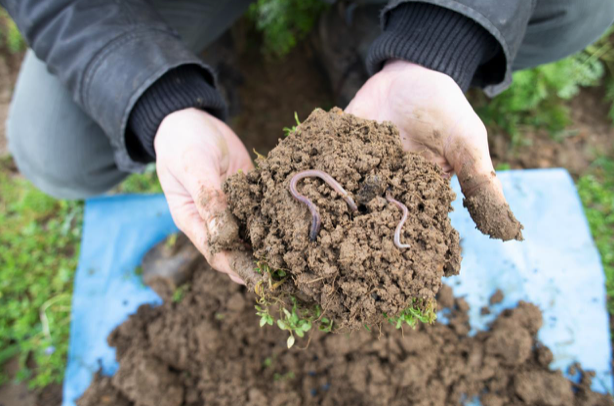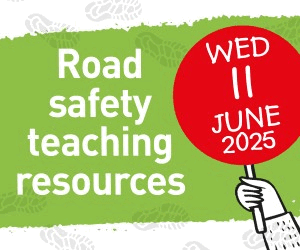Primary Times - the definitive what’s on and where to go family guide of activities and events for children of primary school age. Things to do with your kids during the school holidays including arts and craft activities, music and theatre for children, parties, competitions, days out, and family attractions along with term time drama schools, dance classes, after school clubs and sports activities. Things to do at a place near you!
Get a wriggle on this April for soil health
 A citizen science study hopes to create a giant Worm Map of Great Britain with a fun activity for children and families this Easter holiday – which aims to chart the health of our soils and establish the number, variety and density of these valuable wriggly creatures.
A citizen science study hopes to create a giant Worm Map of Great Britain with a fun activity for children and families this Easter holiday – which aims to chart the health of our soils and establish the number, variety and density of these valuable wriggly creatures.
The Soil Association has produced a free downloadable Worm Hunt guide featuring its four tried and tested ‘Worm Charming’ techniques to help people find and record the varieties and size worms they discover in their chosen location.
Soil Association Citizen Communications Officer Alex Burton said: “This is a great opportunity for children and families to get outdoors and explore the amazing abundant life under our feet and learn more about the soil. The Soil Association is asking budding worm hunters and worm charmers to take some time this April to carry out their own Worm Hunt to help us build a better understand of the state of Britain’s soils. Healthy soils have lots of worms, so the more worms there are the healthier the soil.”
Simply find an area one meter square and spend half an hour searching. The free downloadable guide explains the four ways that you can charm worms from the soil. Have a habitat hunt in your local park, or get creative and charm worms to the surface with vibrations or a little rain dance.
The charming techniques include: ‘stomping’ which can be a fun dance and involves stamping on and vibrating the soil; ‘twanging’ by using a garden fork to pierce the soil and rock it backwards and forwards for several minutes; ‘soaking’ using a watering can to soak the earth in your patch; and ‘hunting’ which is exploring the habitat to unearth worms near the surface under rocks, twigs and leaves - all to encourage the worms to come to the surface and say ‘hello’.
There are 26 different species of worm in the UK which fall into three main types - the guide will help people to identify these common types of worm:
- The common red worm (epigeic species) which lives above ground in leaf litter, under dead wood and in surface soil. They’re a red-brown colour and 1-7cm long
- Blue-grey worms (endogeic species) live underground and burrow horizontally, are pale in colour and between 2-12cm long, and
- The exotically named European nightcrawler (anecic species) lives underground burrowing vertically and produces little piles of ‘worm poo’ on the surface of the soil. These are deeper in the soil (so will take their time to come to the surface), dark in colour and between 15-25cm long
Remember that worms breathe through their delicate skin, so handle them carefully and always return them to where you found them.
Alex said: “We’d love to encourage as many people as possible to get out into nature this April and teach little ones that worms are truly amazing, and inspire ‘awe’ instead of ‘ick’.
“Once all the data has been submitted, we’ll build a ‘big worm map’ where we can log everyone’s findings – which will help show the nation’s most healthy and biodiverse soils. We’d love to see what you find! Share photos of your Worm Hunt on social media using #WormHunt, and tag @soilassociation so we can admire your discoveries.”
Download the Worm Hunt Guide here and when you have completed your hunt you can record your findings here too. We’d love to see what you find!





